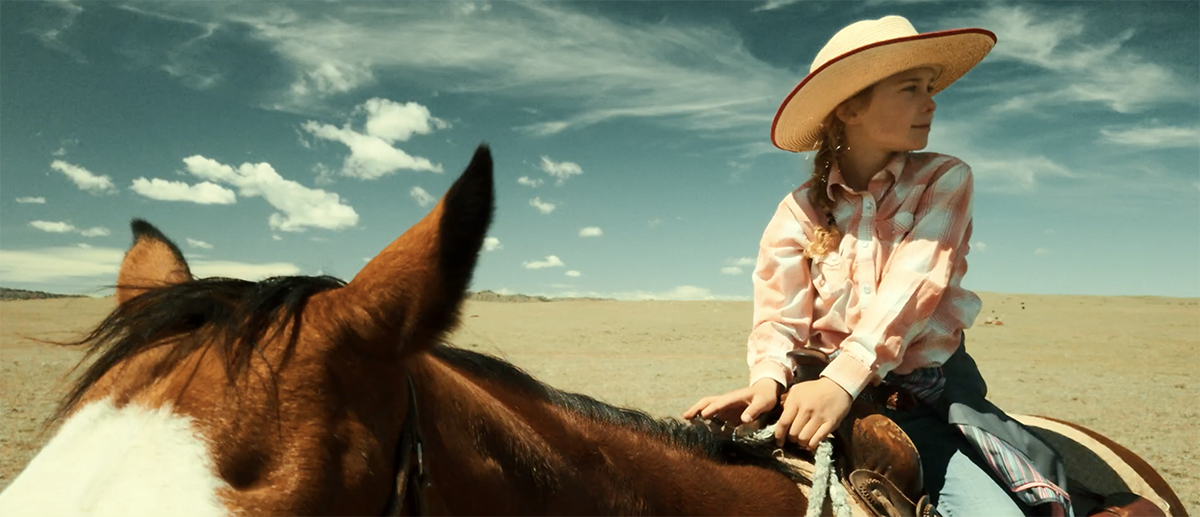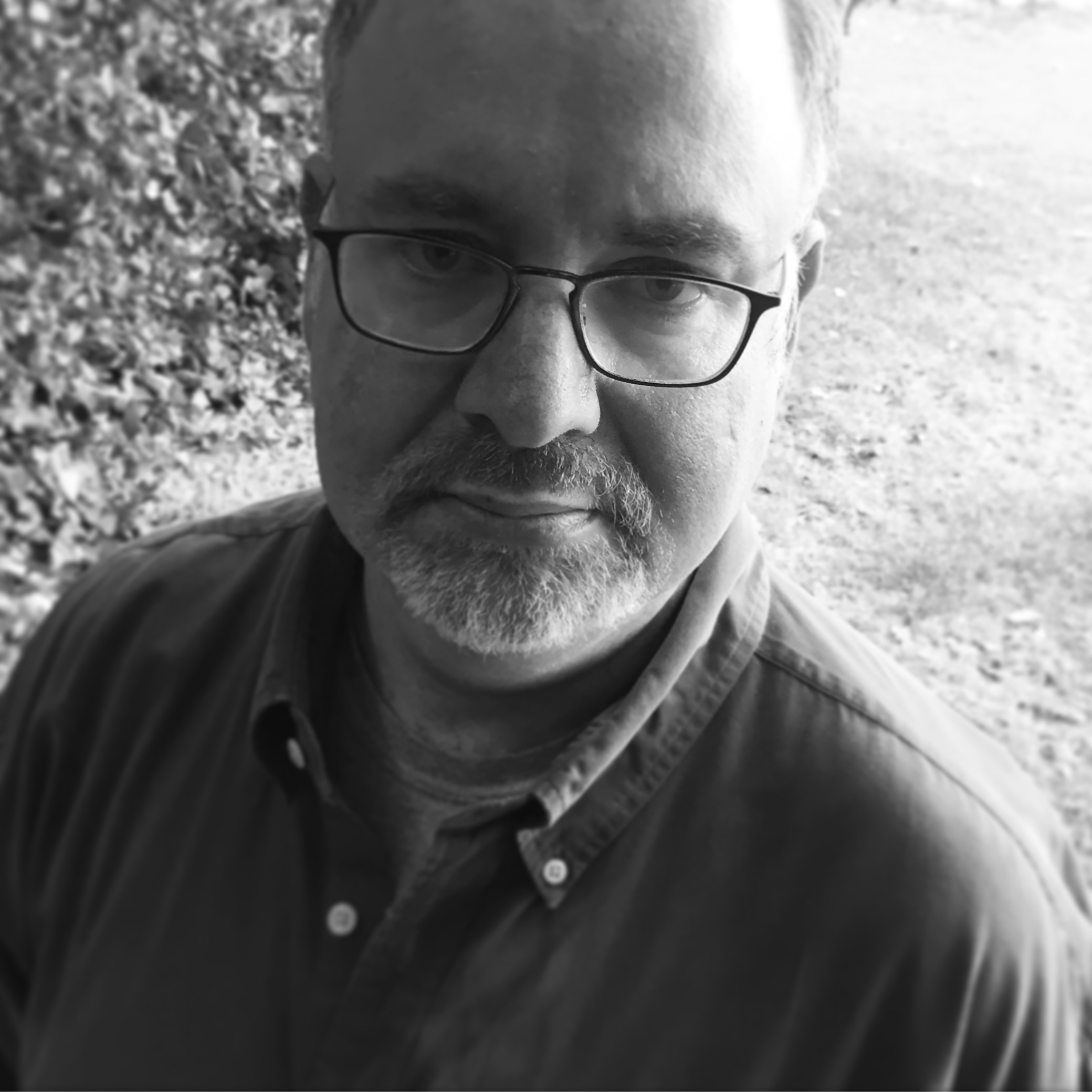
The transition from still photographer to cinematographer should be simple, right? Cinematography is just 24 still images per second.
That’s what Jeff Berlin thought when he started the process of expanding from successful fashion and editorial photographer, shooting internationally recognized talent in beautiful locations throughout the world to becoming a professional cinematographer.
But as he explains in this talk presented by B&H Photo, Berlin learned that the two jobs have quite a few differences, both in terms of the approach to the artistry and the specifics of the job description.
After presenting some of his work in fashion and celebrity portraiture, and his back story peppered with info about the six years he’d run off to plum assignments from his home bases in Paris or Milan, he talked about a number of the still photographers who provided him with references and inspiration in his work.
On the path to becoming any kind of visual artist, he says, “you develop and cultivate your sensibility, and you educate your eye.” In the world of stills, he developed a strong familiarity with such greats as Irving Penn, William Eggleston, Dorothea Lange and Richard Avedon.”
While those artists’ work will likely always inform Berlin’s, as a cinematographer, he says, you’ve got to “find your references.” He speaks about classics of cinematography such as Days of Heaven from director Terrence Malick and shot by Nestor Almendros and The Danish Girl, directed by Tom Hooper with cinematography by Danny Cohen — “It’s just a really, really lovely film,” he enthuses — or Mike Nichols’ The Graduate, for which Robert Surtees served as cinematographer. These and a number of others, he says, “have become touchstones.”
Cinematographer Steven Bernstein (Monster, directed by Patty Jenkins), “has been my mentor through a lot of this journey,” Berlin says, noting that the DP was among the first to explain to him some of the differences between the two skills.
Berlin says he comes “from a world where you’re looking to shoot the most beautiful images,” but while that is sometimes what directors are looking for it certainly isn’t always.
Now that he’s shot a number of different projects, he references a director’s treatment for a short film he shot. “‘I don’t like super sharp images. Ever.’ People talk so much about resolution and sharpness, but that isn’t necessarily what filmmakers want to tell their story.”
Berlin also touches on the different vocabulary in the two fields. “A tripod,” he says, “becomes ‘sticks. People don’t talk about the F-stop; they talk about the T-stop. There are [cinematography-specific] composition terms such as French Overs and “Dirty Overs.”
Not that it’s terribly challenging learning the new argot, but it can be interesting going from being a highly in-demand still photographer to having to learn some basic terminology to shoot motion pictures.
Of course, cameras are an indispensable part of either profession and Fassbinder goes into some depth about his findings as a cinematographer seeking “the best camera for the mission.”
The very top tier of motion picture camera is perfect for situations where something costing many tens of thousands of dollars and requiring a certain size crew to just to move it around and ensure its smooth operation. But there are some cameras costing only a few thousand dollars that can be perfect for shoots requiring a smaller crew and more modest footprint. Often, he points out, a number of features and TV productions mix and match.
Berlin speaks in terms of the Sony gear he uses, but the underlying concepts can easily be transposed to equipment from other major manufacturers.
He speaks about the image quality, from sensor to encoding, of his Venice 2, which completely “kitted out” runs about 90 grand, and the FX series (3, 6 and 9), the cheapest of which costs about $4000.
Berlin also talks about dual base ISO, which many Sony cameras (as well as Panasonic and others offer) have, which can allow for extreme low-light shooting and day exterior cinematography without the most of quality sacrifices involved in the traditional approach to exposure index, which has generally pumped the gain way up to enable really low-light shooting.
And he goes into the importance of ND (neutral density) filters as a way of controlling exposure in brightly lit conditions without having to change T-stop (and thus alter the depth of field) or ISO setting. (Sony cameras’ built-in ND filters do offer a convenience some competitors do not).
In sum, he says, it’s comparatively easy to be a solo still photographer. “When you’re in a studio doing a campaign, you have your crew, you have your hair, your makeup, your stylist, your assistant…I would sometimes have three assistants, depending on the kind of job that I was doing.
“But filmmaking is always a team sport. The still photographer is the director, the DP and the gaffer. On a film set, everyone has their own role.”
Furthermore, “as a still photographer, you really want to have a style that identifies you, that that individualizes you and gives … an identity to your work. A cinematographer really shouldn’t have a style; you are there to support the vision of the director.”

